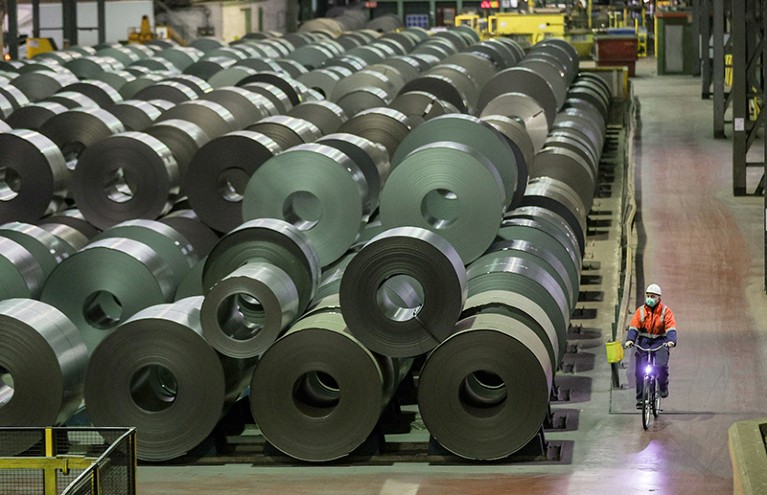
Steel coils in a plant in Duisberg, Germany, produced using methods with low carbon dioxide intensity.Credit: Friedemann Vogel/EPA-EFE/Shutterstock
Cement and steel are essential ingredients of buildings, cars, dams, bridges and skyscrapers. But these industries are among the dirtiest on the planet. Production of cement creates 2.3 billion tonnes of carbon dioxide per year, and making iron and steel releases some 2.6 billion tonnes — or 6.5% and 7.0% of global CO2 emissions, respectively1.
That’s in part owing to the large quantities in which these materials are used: concrete is the second-most-consumed product on the planet, after clean water. It’s also thanks to their carbon-intensive methods of production. The chemical reactions involved give off CO2, as does burning fossil fuels to deliver the extreme temperatures required in the manufacturing processes.
Cleaner ways of making and using cement and steel are urgently needed. The world must reach net-zero carbon emissions by 2050, even as industrial demand is growing and energy prices are spiking. Infrastructure, technology transfer and mechanisms for reducing financial risks must be established to allow low-emissions heavy industry to flourish.
Here, we highlight nine priorities for research and action. Steel manufacturing processes need a rethink; cement’s biggest gains will require carbon capture and storage (CCS). Together, these steps could take steel close to being carbon neutral and cement to becoming a carbon sink.
Use the latest technologies
Ensuring that production plants are fitted with the best available technology offers immediate gains. Improving insulation of industrial plants can save 26% of the energy used; better boilers cut energy needs by up to 10%; and use of heat exchangers can decrease the power demands of the refining process by 25%2. Old, inefficient plants are usually out-competed by more modern facilities, so industries become more efficient over time. However, gains diminish as industries mature and improvements become incremental. Today, the most efficient cement plants can squeeze only 0.04% of energy savings per year by upgrading technologies3. More needs to be done.
Use less
Smaller quantities of steel and cement can be used for the same job. Today, the world produces 530 kilograms of cement and 240 kilograms of steel per person per year. Small but significant changes to building codes and education for architects, engineers and contractors could reduce demand for cement by up to 26% and for steel by 24%, according to the International Energy Agency4. Many building codes rely on over-engineering for safety’s sake. That margin could be limited by using modern materials and computer modelling to whittle down designs to use only the necessary amount of resources. Alternative materials with a smaller carbon footprint for a given use, such as aluminium, might replace steel in some products, including cars. Professionals would have to shift their practices and re-train.
Reinvent steel production
Carbon is at the core of conventional steel production. Coke (derived from coal) fuels blast furnaces in which iron ores are chemically reduced to metallic iron at temperatures of up to 2,300 °C. Coke burns to produce carbon monoxide, which reduces the ore to iron and CO2. Molten iron is then refined into steel, usually in a coal-fired furnace, but sometimes (especially when recycling scrap) in an electric arc furnace (EAF). The process emits about 1,800 kilograms of CO2 or more per tonne of steel.
Microsoft’s million-tonne CO2-removal purchase — lessons for net zero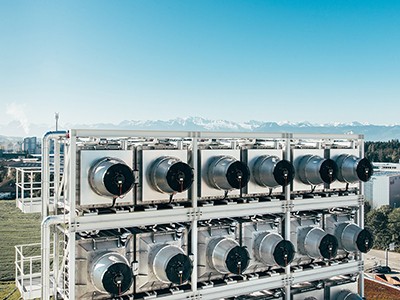
Other substances can be used to reduce the ores. About 5% of the world’s steel is already made through ‘direct reduced iron’ (DRI) processes that don’t require coke and typically use hydrogen and CO (derived from methane or coal). By using methane-derived gas and renewable electricity to power an electric furnace, such steel plants emit about 700 kilograms of CO2 per tonne of steel5 — 61% less than coke-based ones.
Better still, using only hydrogen for DRI should reduce CO2 emissions to 50 kilograms or less per tonne of steel — a 97% reduction. Firms in Europe, China and Australia are piloting such plants, with several slated to open in 2025 or 2026. The challenge is that this process requires a lot of hydrogen.
Producing all steel this way would mean almost tripling global hydrogen production, from 60 to around 135 million tonnes annually. And most cheap hydrogen today comes from natural gas, which releases CO2. A greener option — splitting water with electrolysers — is around 2.5 times as expensive. Costs should come down as more plants are built.
Other options are worth pursuing. In 2004, the Ultralow-CO2 Steelmaking Consortium — 48 companies and organizations in 15 European countries — evaluated the options. Tata Steel, based in Jamshedpur, India, built a pilot plant in 2010 in the Netherlands for one advanced steel-making process, still based on coal but simplified to make carbon capture easier. The falling price of green hydrogen — produced using renewable energy — is now luring Tata to hydrogen-based DRI.
One promising alternative to hydrogen is using electricity to reduce iron ore through electrolysis. This method is being explored by Boston Metal in Massachusetts, and Luxembourg-based Arcelor Mittal.
Reinvent cement
Production of ordinary Portland cement — the most common type of cement — begins with the calcination of limestone, which is heated to temperatures above 850 °C to form lime and CO2. The lime is combined with sand and clay in a 1,450 °C kiln to create clinker. A few other ingredients are mixed in to make cement. About 60% of the emissions from a top-quality plant come from the calcination reaction, and most of the rest from burnt fuel. In total, the process produces about 800 kilograms of CO2 per tonne of cement6 in an average plant, and 600 kilograms in a best-in-class plant.
Cement can be made without limestone. Magnesium oxychloride cement (called sorel), for example, has been around since 1867, but it hasn’t been commercialized because it has a low water tolerance. Dozens of cement variants are under investigation. To use them in construction, however, building codes, designs and practices will have to be altered to account for these materials’ different strengths and properties. This will take more than a decade.
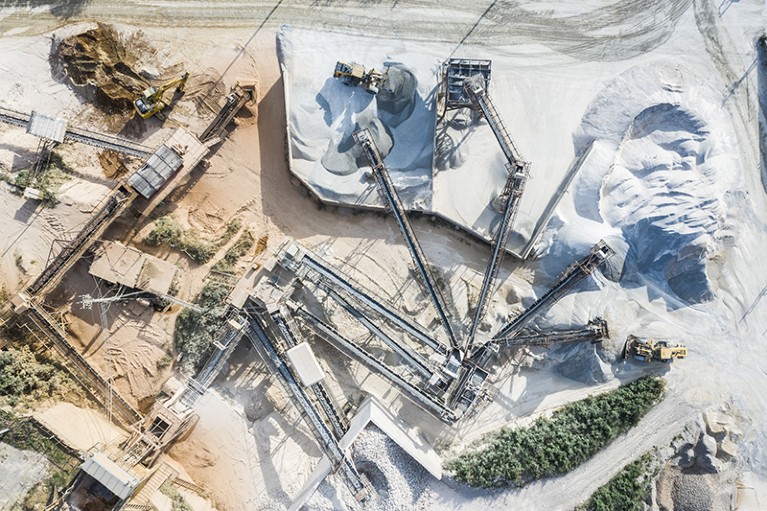
Limestone is the source of most of the carbon dioxide emissions from cement production.Credit: Kokouu/Getty
Another option is replacing some of the clinker with more sustainable materials7. Common ones include blast-furnace slag and ash from coal-fired power stations. But those materials will become scarce when fossil fuels are phased out. Researchers are investigating other options, including slag from recycled iron made in EAFs and from DRI EAF steel processing.
One promising example is limestone calcined clay cement (LC3). With similar properties to ordinary Portland cement, it’s already close to being commercialized and would be easy to switch to. Up to half of the clinker in it can be replaced8. Some companies already include LC3 technology in their net-zero strategies, among them French company LafargeHolcim and Germany-based Heidelberg Cement.
Swap fuels
For steel, it is tempting to suggest replacing coal and coke with charcoal or other forms of biomass. But there are challenges. Growing biomass for energy can conflict with land needs for agriculture, and not all biomass harvests are sustainable. Wood charcoal is too weak (compared with coke) to support material layers in blast furnaces. Rethinking steel processing, as above, is a better solution.
For cement, however, municipal solid waste — or carefully sorted rubbish — can be used as an alternative fuel9: high temperatures in the kiln incinerate toxic materials in the waste, and the ashes can be incorporated into clinker. Up to 57% of the Mexican company Cemex’s energy in cement plants in the United Kingdom is derived from these alternative fuels, and UK company Hanson’s alternative-fuel consumption is at 52%. This strategy should be encouraged, including by passing appropriate regulations at a national level.
Capture carbon
CCS — taking CO2 and locking it away underground — will be essential to lowering cement-production emissions, and is important for steel, too.
CCS is relatively advanced in some other industries. The Norwegian state oil company Equinor has operated a CCS project since the late 1990s, burying around one million tonnes of CO2 per year. But the technology is underused; just 0.1% of all global emissions are currently captured and stored. Only a few steel and concrete plants are trialling CCS. For example, one modern DRI steel plant in Abu Dhabi has used CCS since 2016. CCS must be scaled up rapidly.
G20’s US$14-trillion economic stimulus reneges on emissions pledges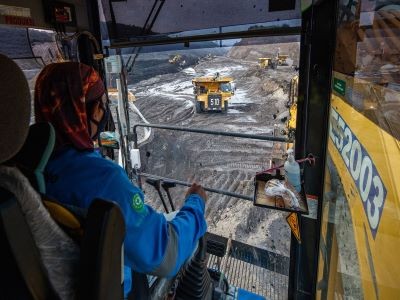
One major issue is that the stream of CO2 needs to be more than 99.9% pure to reduce costs for compressing and storing the gas. Typical steel- and cement-plant flues consist of about 30% CO2; the rest is mainly nitrogen and steam. One option for the cement industry is to burn fuel in a mixture of oxygen and recycled flue gas, leaving a relatively pure stream of CO2. But this is challenging: it involves sealing a very hot, rotating kiln.
Another way to isolate CO2 from the calcination process is to heat the limestone indirectly (through a wall) so that emissions from heating are separated from those from the limestone. The emissions from limestone are nearly pure and don’t require much further processing, reducing the cost of CCS. The LEILAC 1 and 2 projects (in Lixhe, Belgium, and Hanover, Germany, respectively) are trialling this; LEILAC 2 is capturing about 20% of a cement plant’s process emissions, around 100,000 tonnes per year10.
Building heavy industries in clusters would allow heat, materials and infrastructure for making and storing hydrogen, as well as collecting and disposing of waste CO2, to be shared. Such clusters are being developed at Kalinborg, Denmark; Tyneside, UK; Rotterdam, the Netherlands; and Bergen, Norway.
Store CO2 in concrete
Cement is turned into concrete by adding water, sand and stones. The water sets off reactions that harden the material and bind the aggregates. Adding CO2 can make the cement stronger. If CO2 comprises just 1.3% of the weight of concrete, the material’s hardness can increase by around 10%. That reduces the amount of cement needed in a structure — along with net emissions — by about 5%.
Optimizing carbon capture in concrete is an active area of research. Leaders such as CarbonCure in Dartmouth, Canada, are already injecting CO2 in concrete at a large scale: it reports that it has delivered nearly 2 million truckloads of CarbonCure concrete, saving 132,000 tonnes of CO2.
Protect global supply chains for low-carbon technologies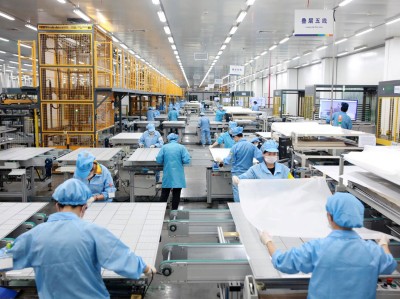
Cement and concrete both absorb CO2 from the air by converting calcium-based components back into limestone. The potential there is huge: in theory, roughly half of the process CO2 emissions from cement manufacturing could be re-absorbed. But the materials would have to be ground up at the end of their lives to make the concrete particles smaller so that CO2 can diffuse in better. That’s expensive — and it requires energy.
Because the amount of CO2 that could be taken up by crushed concrete is uncertain, this is not yet included in emissions inventories from the United Nations Framework Convention on Climate Change. But the UK government is looking into it, in collaboration with the Mineral Products Association in London, and the Global Carbon Project has begun including it in its annual carbon budgets. We urge caution, to avoid disincentivizing CCS and more traceable means of reducing cement’s carbon footprint.
Recycle steel
Steel can be efficiently recycled using an EAF. One-quarter of steel production today is based on recycled scrap. Globally, recycled production is expected to double by 205011, reducing emissions by 20–25% from today (depending on how the electricity is produced).
However, it is not currently possible to recycle steel endlessly. ‘Tramp’ species — undesirable compounds (particularly copper) — build up. Their accrual can be slowed by better sorting scrap and by redesigning products so that copper wiring is easier to remove.
Subsidize changes
Together, the potential of these eight steps is vast (see ‘Decarbonizing a skyscraper’). But further economic hurdles must be overcome if low-carbon heavy industries are to reach megatonne-per-year scales of production.
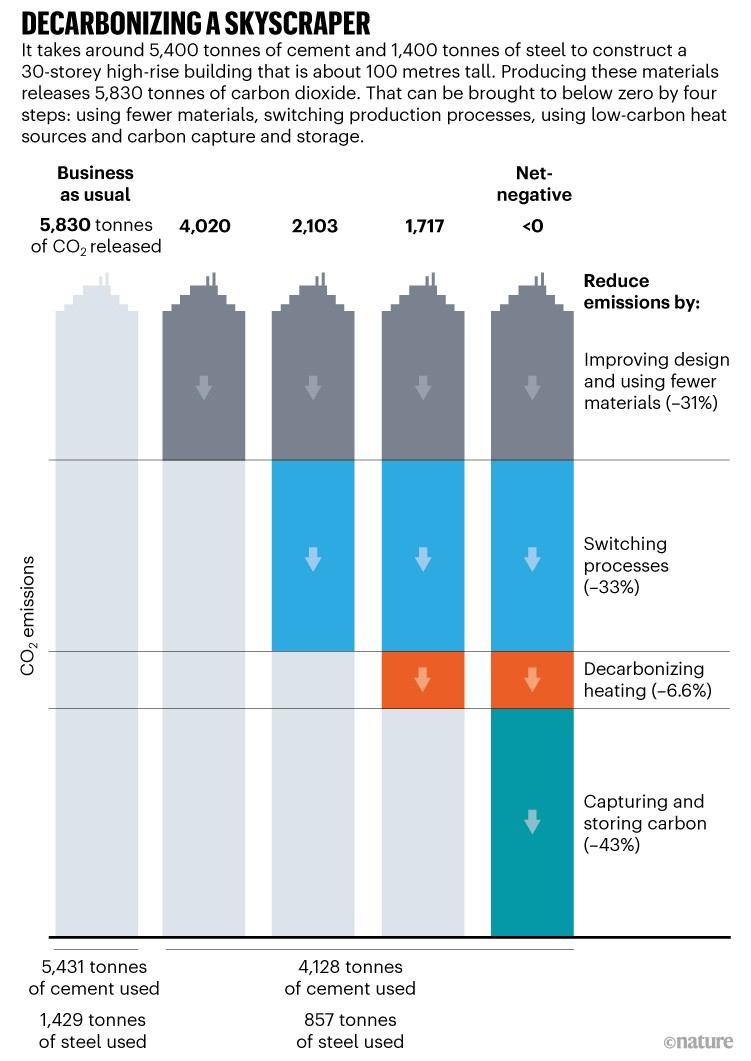
Hydrogen-only DRI plants for steel and CCS facilities for cement exist only at pilot to early commercial stages. Scaling them up is expensive and risky. Low-carbon products lack competitive advantage and markets. Developing countries, where most construction is happening, need technology to be shared and implementation of mechanisms to lessen financial risks.
One step in the right direction is a small refund under the European Union Emissions Trading Scheme (ETS) for swapping fossil fuels with biomass or hydrogen, or for undertaking CCS. That’s not enough. Conditional, scaled government subsidies — similar to feed-in tariffs, which incentivize investment in wind and solar technologies — would be more effective12.
Full decarbonization with CCS is expected to double the cost of Portland cement, now about US$100 per tonne. Cement subsidies would need to match that. Zero-emissions steel is expected to cost 20–40% more than standard steel, which is typically about $600 per tonne — so steel subsidies would need to reach $240 per tonne. For the EU, we estimate that could cost up to $200 billion over 10 years.
Producers will have to bear the brunt of those costs. Users and manufacturers will be less affected. Decarbonized steel would add just 0.5–2% to the price of a vehicle, and up to 15% of the cost of constructing a building (which itself is only 1–3% of total property value)13.
Policies should be put in place to encourage these developments. The time has come for steel and cement production to help, rather than hinder, the race to net zero.

 G20’s US$14-trillion economic stimulus reneges on emissions pledges
G20’s US$14-trillion economic stimulus reneges on emissions pledges
 Microsoft’s million-tonne CO2-removal purchase — lessons for net zero
Microsoft’s million-tonne CO2-removal purchase — lessons for net zero
 Net-zero emissions targets are vague: three ways to fix
Net-zero emissions targets are vague: three ways to fix
 Protect global supply chains for low-carbon technologies
Protect global supply chains for low-carbon technologies
 Build solar-energy systems to last — save billions
Build solar-energy systems to last — save billions
 COVID-19 disruptions to tech-metals supply are a wake-up call
COVID-19 disruptions to tech-metals supply are a wake-up call
 Time is running out for sand
Time is running out for sand
 How to globalize the circular economy
How to globalize the circular economy







